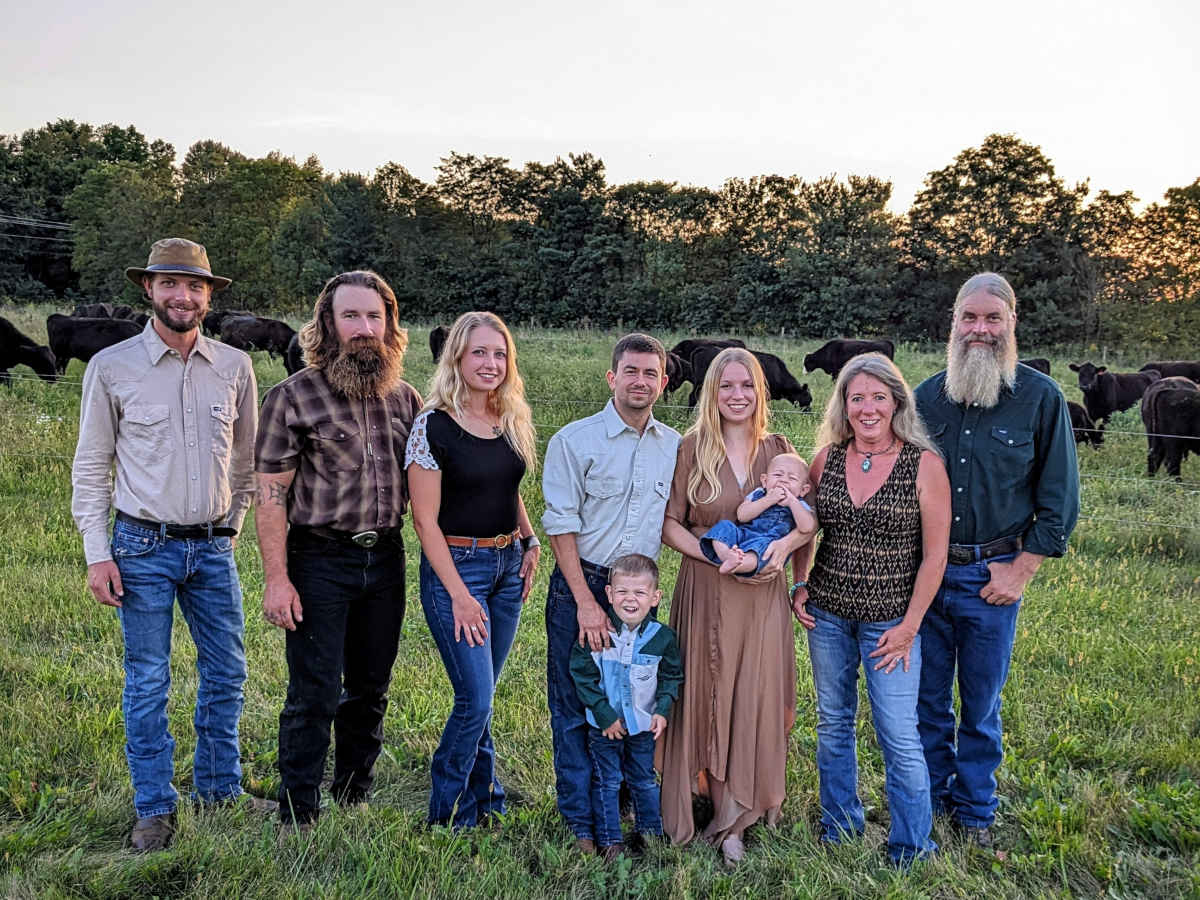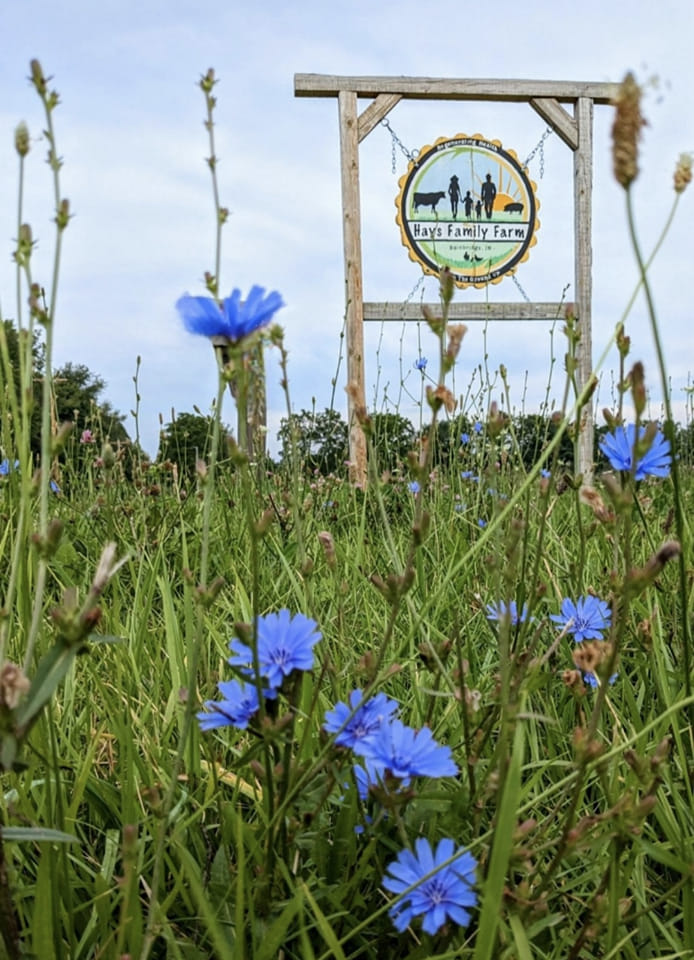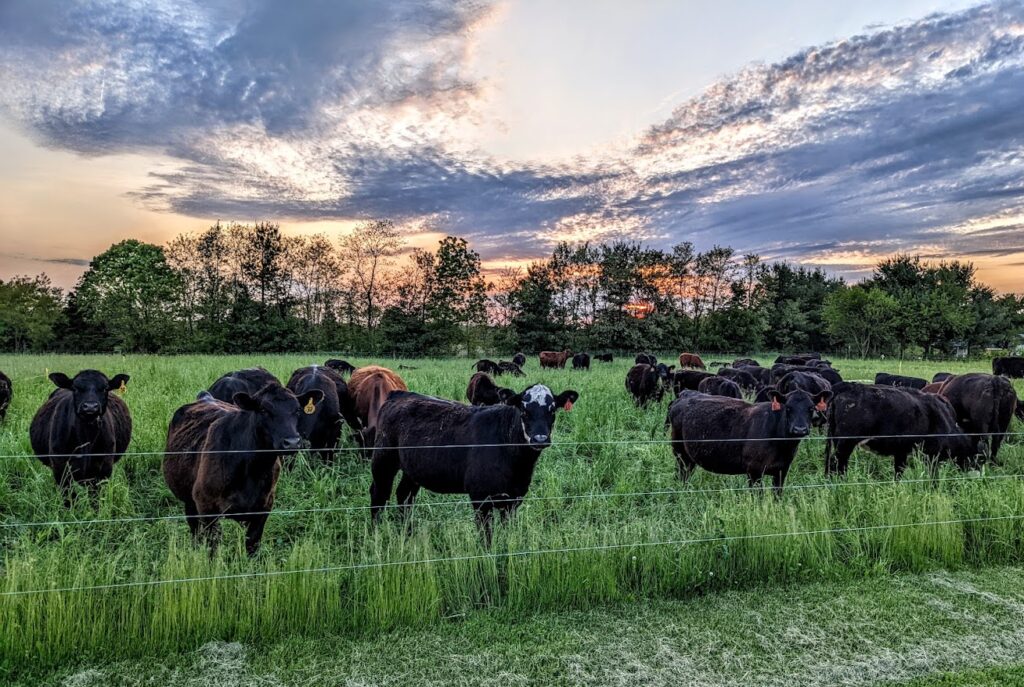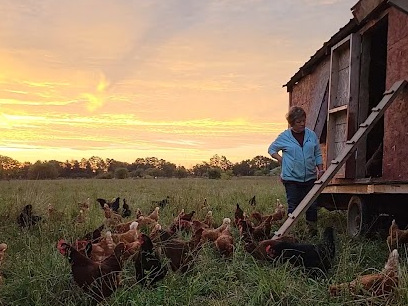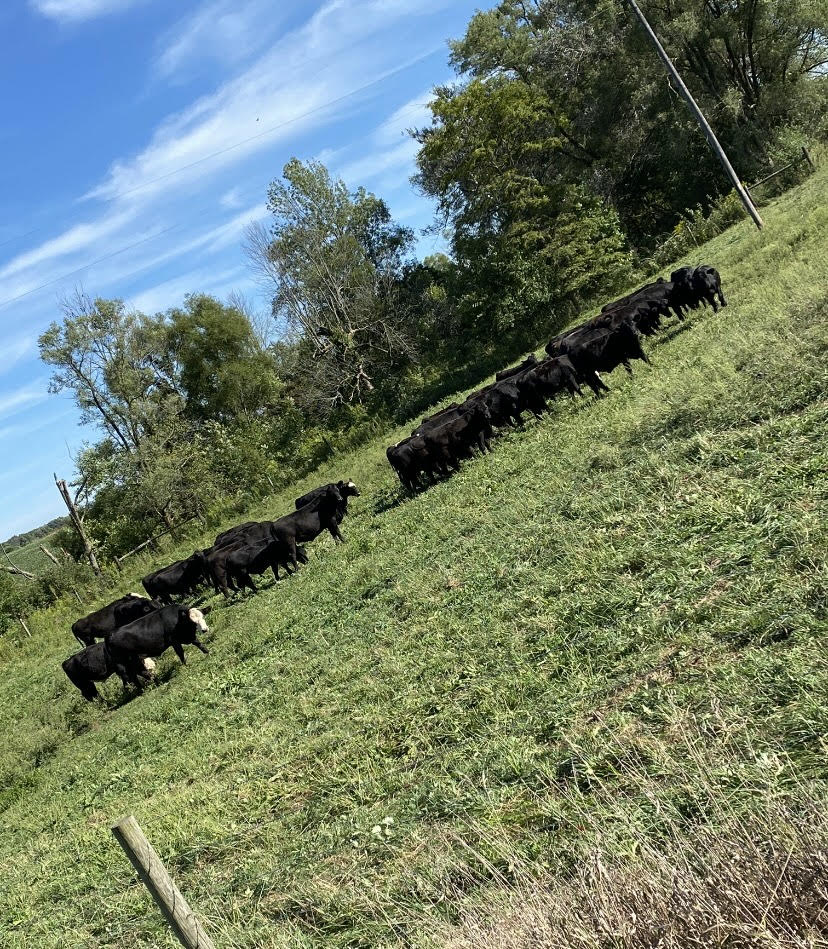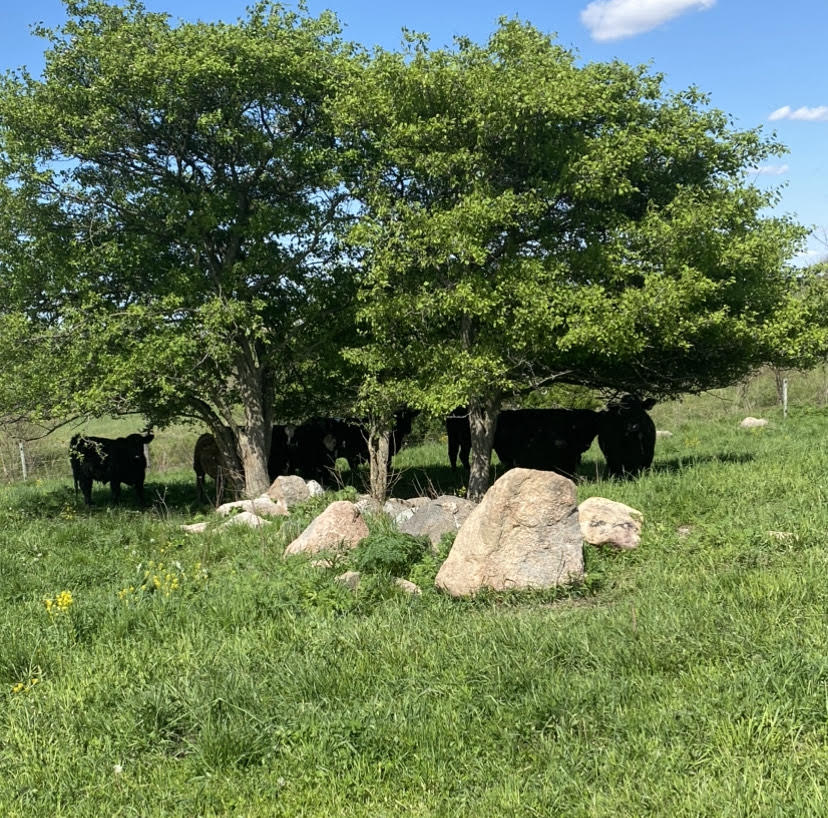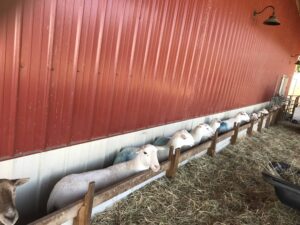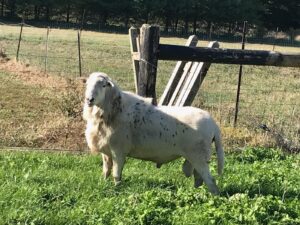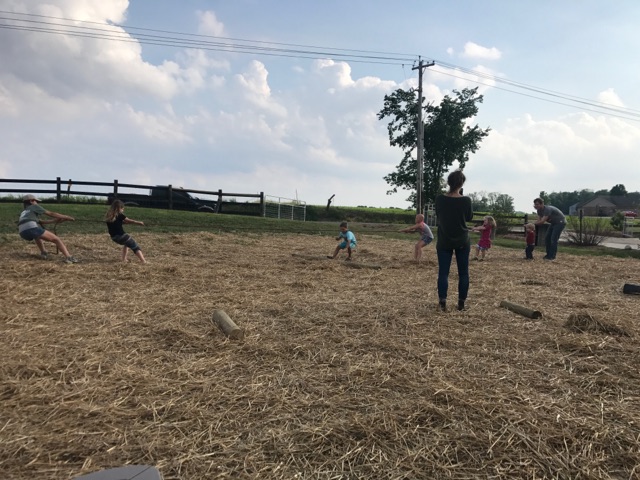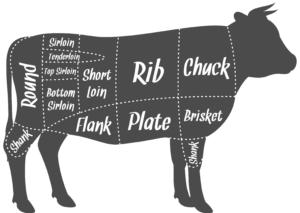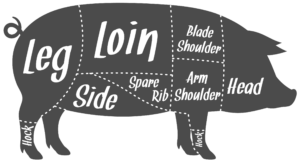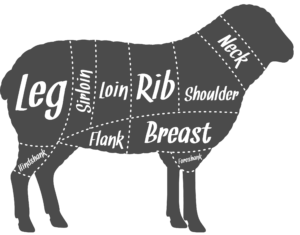Food Hubs
Jodee Ellett, Local Foods Coordinator
Food hubs respond to community food needs and can assume various roles in your local food system. This is why it is important for producers, distributors, retailers and consumers to work together to develop regional food hubs. Current hub models can:
• Increase access to local food for larger volume buyers
• Enable local farmers to sell more of their products and retain product identity and transparency
• Assist buyers with larger quantities of local food products not available in local farmers markets
• Provide technical assistance for growers and buyers to ensure the marketplace is offering goods and services needed in the area
• Preserve greater market share and revenue for local food farmers
Functions
Food hubs are mechanisms that allow many local growers to aggregate their products and collectively market and distribute them to larger buyers (farm-to-institution), individual buyers (farm-to-consumer) or both. Unlike the farmers market model (where customers purchase from the farmer – direct marketing), a food hub uses a buying mechanism such as a website, online store or email to work with larger buyers. Farmers do not generally participate directly in the mechanism.
Business Models
The USDA working definition of a food hub is, “A Regional food hub is a business or organization that actively manages the aggregation, distribution and marketing of source-identified food products primarily from local and regional producers to strengthen their ability to satisfy wholesale, retail and institutional demand.” Food hubs function under several business models including private, non-profit, cooperative, publicly held and informal. By definition, food hubs address the triple bottom line: economic, social and environmental impacts. Food hubs also can be a key component of community food systems by stabilizing local demand, expanding sales opportunities for growers and increasing consumer awareness and access to local food. Food hubs work to maintain the value chain for farm products by offering food with added value, such as from a local, reputable farm, organic certification, non-GMO, pasture-raised, no growth hormones or antibiotics, etc. By offering product transparency, food hubs can enable growers to set prices relative to their production costs, rather than relative to global food prices.
Food hubs, by their very nature, are rooted in local farming and community needs and must be responsive to product supply and market demand at the local and regional level.
Expectations
Food hubs in Indiana require growers and buyers to conduct themselves with certain business understanding and attention to regulation. Here are some examples of what could be expected:
Grower
Food Hub
Uses Good Agricultural Practices (GAPs) and is insured for product liability
Ensures growers have GAPs training
Provides high-quality products
Requires growers to maintain product liability insurance
Produces clean products that are graded and packaged according to food hub standards
Checks products on arrival at food hub; rejects unsatisfactory products
Provides products that are uniform in size and quality
Maintains value-chain (farm branding)
Labels and traces products
Markets and distributes products
Maintains regular and consistent product output
Manages sales and marketing
Transports products while following GAPs and Good Handling Practices (GHPs)
Distributes product
Communicates with food hub about product availability, harvest dates and issues
Provides customer and farmer relations
What can a food hub do for your local food system? Your community?
Food hubs can be instrumental for your community efforts to increase jobs and improve your local economy. In 2013, the average sales for a food hub in the United States was more $3.7 million — the longer the hub was operated, the greater its success. Of the total revenue, 61% went directly to farmers and 23% went to employee salaries. More than half of all food hubs have mission statements that indicate strong values for supporting local farmers and local food systems. Food hubs also work to offer services to support those values including: transportation from farm to hub, grower education, and processing, storage and marketing services. Food hubs also participate in their communities — they accept food stamps (SNAP-49%), donate to local food pantries/banks (79%) and provide educational programming for local food systems (56%).
References
Barham, J., Tropp, K. E., Farbman, J., Fisk, J., & Kiraly, S. (2012). Regional Food Hub Resource Guide. Washington, D.C.: U.S. Department of Agriculture, Agricultural Marketing Service.
Cantrell, P., & Heuer, B. (2014). Food Hubs: Solving Local. The Wallace Center at Winrock International.
Fischer, M. H. (2013). Findings of the 2013 National Food Hub Survey. Michigan State University Center for Regional Food Systems and The Wallace Center for Winrock International.
Padellford, J. (2013, January 17). West Central Wisconsin local food hub. Retrieved from West Central Wisconsin local food hub: http://westwiscofoodhub.blogspot.com/
United States Department of Agriculture. (2014, April 28). USDA ARS Farmers’ Markets and Local Food Marketing: Food Hubs. Retrieved from USDA ARS Farmers’ Markets and Local Food Marketing: http://www.ams.usda.gov/AMSv1.0/foodhub
Resources Agricultures Connections Destination Purdue The Education Store Maps/Directions In Focus Directory Intranet Calendar Information Technology
Purdue Extension, 615 West State Street, West Lafayette, IN 47907, (765) 494-8491
© 2014 Purdue University | An equal access, equal opportunity university.
If you have trouble accessing this page because of a disability, contact the Webmaster at extension@purdue.edu. Intranet | E-Mail Webmaster | Web Policies
1-888-EXT-INFO (1-888-398-4636)
Purdue Extension Local Foods Program Purdue University Sign In
